* In test, some 50-year-old drugs still potent
* One trial saves $13 to $94 for every $1 in testing
* Should manufacturers do longer drug stability tests?
By Frederik Joelving
NEW YORK, Oct 8 (Reuters Health) - A few old boxes of medicine in the back of a pharmacy got poison control expert Lee Cantrell thinking.
With dozens of drugs in short supply in the United States and a bloated national health bill, what if expired medications were still effective? What if instead of throwing out the drugs, patients and pharmacists could keep them on the shelves for several more years?
So Cantrell and his colleagues went about testing the contents of those boxes, which had expired 28 to 40 years earlier. Out of the 14 compounds they analyzed, 12 still fulfilled government requirements for potency, according to the team's report, published on Monday in the Archives of Internal Medicine.
"The vast majority of the samples tested contained at least their stated potency and therefore their active ingredient would still be viable," said Cantrell, director of the California Poison Control System, San Diego Division, and a professor of clinical pharmacy at University of California, San Francisco.
"At least some of them, 50 years and they are still potent!" he told Reuters Health.
The boxed drugs included the narcotic painkillers hydrocodone and codeine as well as the sedatives pentobarbital and butalbital. Aspirin and amphetamine were the only two drugs that appeared to have degraded to less than 90 percent of their declared amount, the minimum accepted by the U.S. Food and Drug Administration.
According to the report, drug shelf lives usually range between one and five years from production. But that's an arbitrary expiration set by the manufacturer, said Cantrell, because the FDA doesn't require companies to determine how long the medicine retains its potency.
"If manufacturers were required to do longer-term stability tests, it could be an enormous cost-saver for consumers," he said, adding that it could also "be an answer to some of the world's drug shortages."
Americans spend more than $300 billion on drugs every year. Cantrell said it is unclear how much medicine is thrown out because it's too old, but suggested it would be an "enormous amount."
Officials at the FDA and the National Institutes of Health were not available for immediate comment.
DON'T TRY THIS AT HOME
The new study did not examine the safety of the old drugs, which had been kept in sealed containers in a controlled environment.
"When the average reader reads this, the take-home message is not, 'Your expired medications are safe to take,'" warned Cantrell.
Still, he said, to his knowledge there has only been one report of a drug that became toxic after it had expired, and that was due to an inert ingredient in one particular manufacturer's formulation.
"Beyond that there has never been a well-documented case of any expired medication that became toxic," Cantrell said.
Since 1986, the FDA has been testing drugs stockpiled by the military to check their stability under the so-called Shelf Life Extension Program. Many of those drugs have had their original expiration dates extended by several years and that has saved between $13 and $94 for every $1 spent on testing, according to recent research.
He also said that if shelf lives were to be extended, that would slow down the product turnover at pharmacies across the globe, cutting manufacturer revenues.
"I know that big industry doesn't want to hear that," Cantrell said.
Cantrell said his report had been rejected by a number of major medical journals and that the one that finally published it had removed references to drug shortages.
The Pharmaceutical Research and Manufacturers of America, the industry's main trade group, said they were still reviewing the new study and could not comment yet.
